A series of rare color photos from the late Qing Dynasty: Revealing the beauty of palace maids, a big surprise
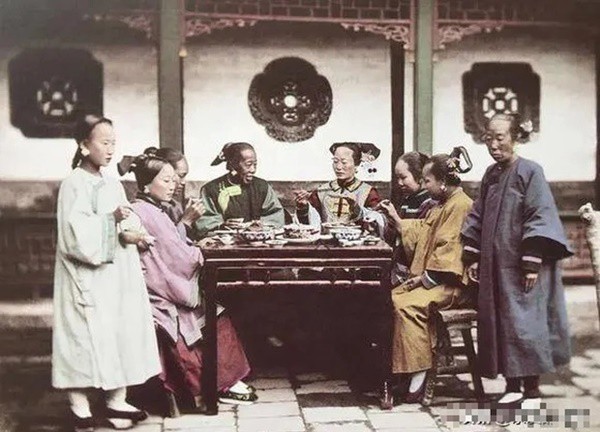
2 | 1 Discuss | Share
The last period of the Qing Dynasty in China happened many large and small events associated with the names of many famous figures. The following is a list of characters that almost everyone knows.
The first was Empress Dowager Cixi, the real ruler of the late Qing dynasty. When she first entered the palace, Xu Xi was just a noble lady, but eventually became a powerful empress dowager, considered very capable and not lacking in tricks.
But this was also the cause of her bad reputation, her tactics were not only used against the ministers but also against both the Tongji and Guangji Emperors. From the photos passed down, this Old Buddha looks calm and majestic, with some features of nomadic people riding on horseback.
Next up was the duo Puyi and Yun Rong, the last Qing emperor and empress. Perhaps because of this "last" word, their lives are full of difficulties and ups and downs. However, Puyi was much luckier than Yan Rong when it came to receiving special treatments.
Compared to the emperor, Yan Rong was really pitiful, if she had chosen to divorce like Wen Xiu (who was also Puyi's wife), she might not have ended up like this. The photo above was taken when the queen was at her most beautiful age, lovely as a flower, with a pampered husband by her side.
The 3rd character is Left Tong Tang - an outstanding official and general at the end of the Qing Dynasty. He was instrumental in suppressing the Taiping Rebellion, through the posts of Governor of Min-Zhi, Governor-General of Shaan-Cam, and established Fuzhou with the famous Mawei (Fujian) shipyard as the foundation of the Chinese Navy.
He then went to Shaanxi to suppress the rebellion of the Chan Army and led the Western Expedition, capturing Xinjiang to the Qing Imperial Court, later in life as Governor of Mesopotamia and Military Minister, playing a major role in campaigning for the establishment of the Yanmen Navy in 1885. He, along with Tang Guofeng, Li Hongzhang, and Zhang Zhidong were known as the "Four Great Gods".
The eunuch general of Lianying was a companion of Empress Dowager Cixi for nearly 53 years. Posterity commented that the eunuch's appearance was not very "easy on the eyes". His face was yellow, his cheekbones were high and hollowed, his eyes were swollen, his face was full of pustules, and he didn't look like a "good person" at all.
This was probably true because this eunuch had done all sorts of things in the world with Xu Xi during the Empress Dowager's reign. But he wasn't actually a traitorous or evil, not involved in politics, at most a little greedy for money.
In particular, when Guangzi was imprisoned, Li Lianying used his position as general eunuch to protect the emperor who did not have much power in his hands.
Next was Zhang Zhidong - who served as Shanxi Governor, Governor Hu Guang, Governor of Meiguang, Governor of Meijiang, Military Minister, Senior Minister of Infantry and served wholeheartedly and faithfully to the Qing dynasty.
Originally a Ph.D. in 1863, he was sent to the Academy in 1880. In 1881, Zhang Zhidong was appointed Governor of Shanxi. But his career was brilliant when he was sent to take charge in the southern provinces of China. He died in 1909, just 3 years before the fall of the Qing Dynasty.
Li Hongzhang came from a wealthy family, received a doctorate in Daoguang's life, was once appointed as the Daoist of Fujian Province, Tang Guojian heard the multi-talented Zhang, and then promoted to the imperial court.
During his lifetime, he founded the Huaijun to join Tang Guofeng and the Left Tong Tang in suppressing the Taiping Heavenly Kingdom movement. For his great merits, Li Hongzhang was appointed Governor of Hu Guang, Governor of Truc Li Beiyang, Governor of Biguang and Governor of Su Yi of Ba.
On the side of Tang Guofan, he was a Doctor of the Dao Guang Dynasty, held the position of Mayor of the Infantry, Ceremony, Lai, and Fig, as well as a Confucian of the Dongcheng faction, a typical figure of Han landowners; later appointed Cabinet of Scholars in the Manchu Qing court.
He was the commanding general of the Xiangxiang Army, the main wing of the war against the Taiping Kingdom. Tang Guojian along with Left Tong Tang and Li Hongzhang were 3 Han Chinese figures who had great power and influence on China in the late Qing Dynasty.
Speaking of this, it is impossible not to mention Yuan Shikai - an ambassador of the late Qing Dynasty, the second Grand President of the Republic of China, and also the only Emperor of the Red Constitution Empire.
This king tried to save his dynasty by implementing a number of modernization projects including customs reform, judiciary, education and other reforms, although played an important role in the defeat of the Bach Nhat Duy Tan under Emperor Guangtu
Ye Heng was the last character on the list this time. Although he came from the same clan as Empress Dowager Cixi, his life was less prominent. He did not participate in any major events, and the highest official positions were the Governor General of Biguang and Van Uyen Cac University.
For those who don't know, the governor-general of Meiguang was the highest-ranking official, both military and civilian, of the province that included the two provinces of Guangdong and Guangxi of China during the Ming and Qing dynasties. The palace was located in Guangzhou (Guangdong) however for a time from 1655 to 1663 it was located in Wuzhou (Guangxi).
Empress Dowager Cixi eats hundreds of delicious seafood every day and still has 2 dishes that she doesn't dare touch with her chopsticks, why? 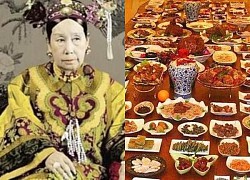 Thiên Di16:18:09 14/12/2023Empress Dowager Cixi is famous for being a gourmet. Every day, even though she only eats alone, the chef has to make hundreds of different dishes. However, there are two dishes that the Queen Mother absolutely did not touch, making many people curious.
Thiên Di16:18:09 14/12/2023Empress Dowager Cixi is famous for being a gourmet. Every day, even though she only eats alone, the chef has to make hundreds of different dishes. However, there are two dishes that the Queen Mother absolutely did not touch, making many people curious.

2 | 1 Discuss | Share
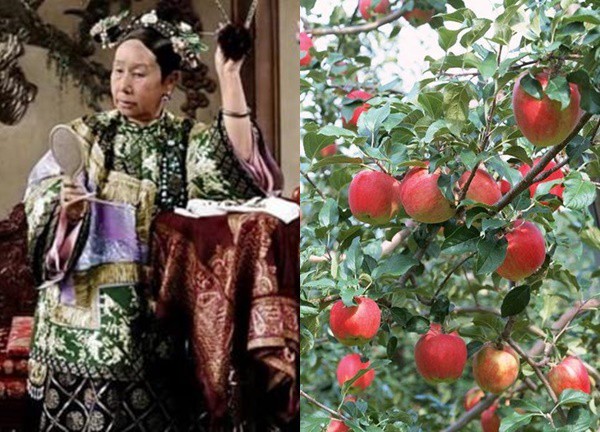
5 | 1 Discuss | Share
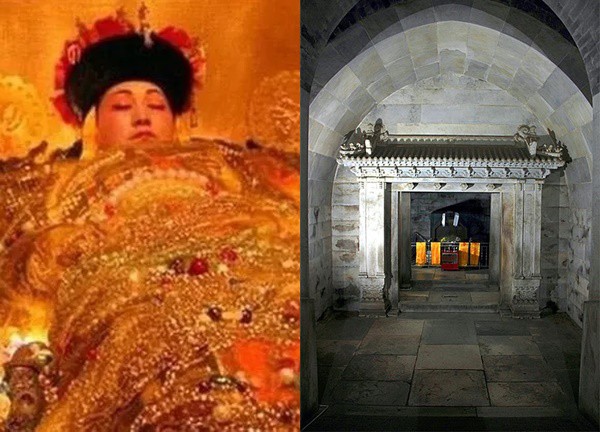
1 | 1 Discuss | Share
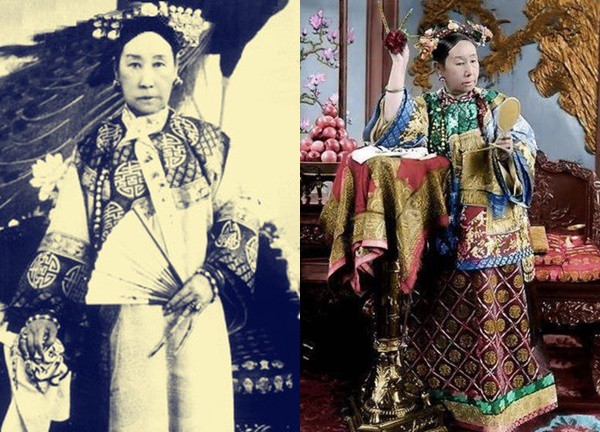
3 | 0 Discuss | Share

4 | 1 Discuss | Share
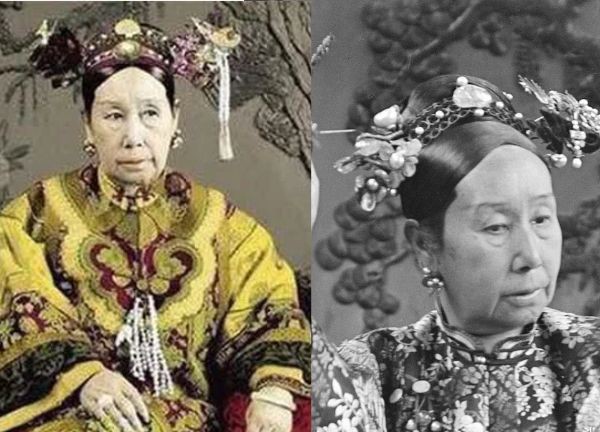
3 | 1 Discuss | Share
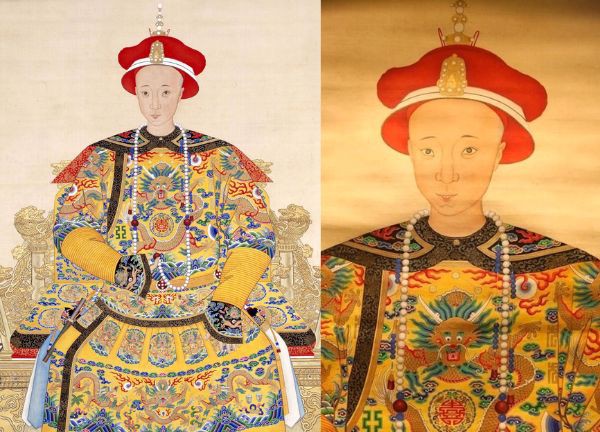
3 | 1 Discuss | Share
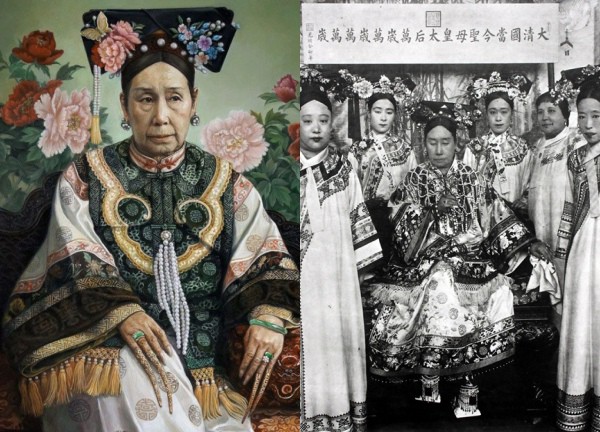
4 | 0 Discuss | Share
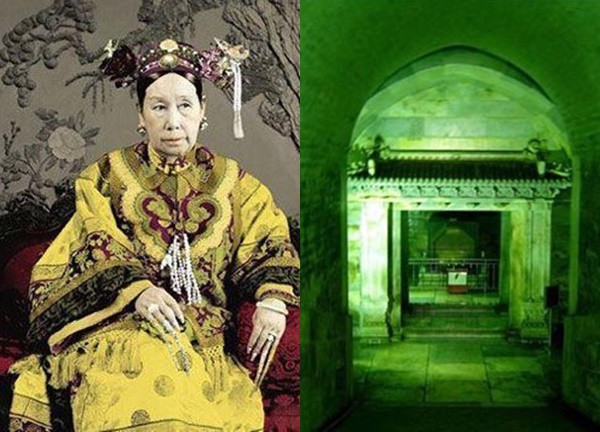
4 | 1 Discuss | Share
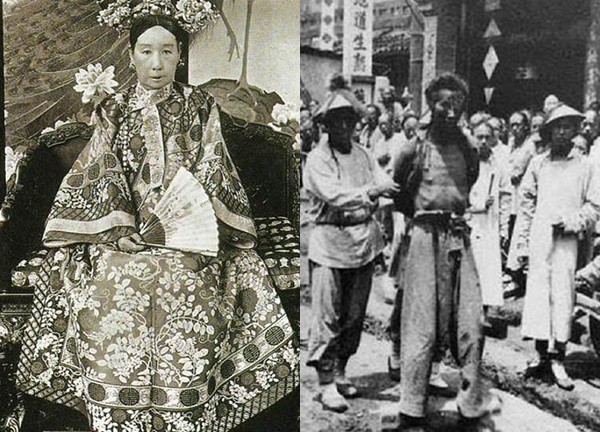
5 | 0 Discuss | Share
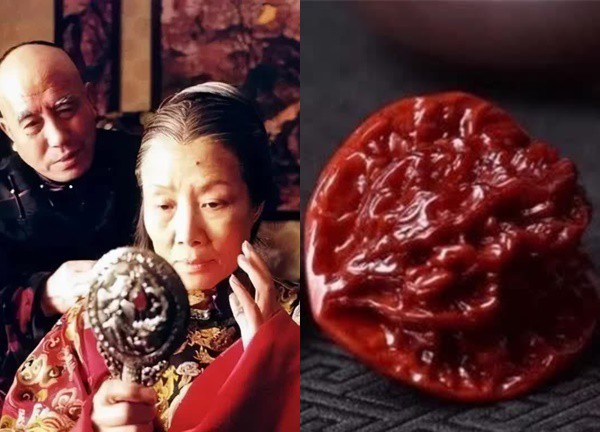
5 | 0 Discuss | Share
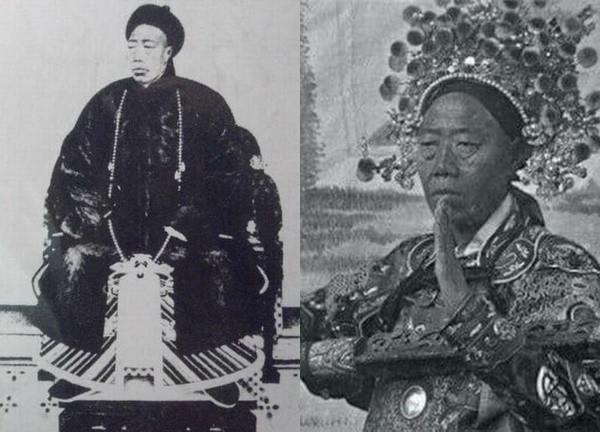
5 | 0 Discuss | Share


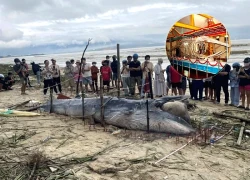

1 | 1 Discuss | Report